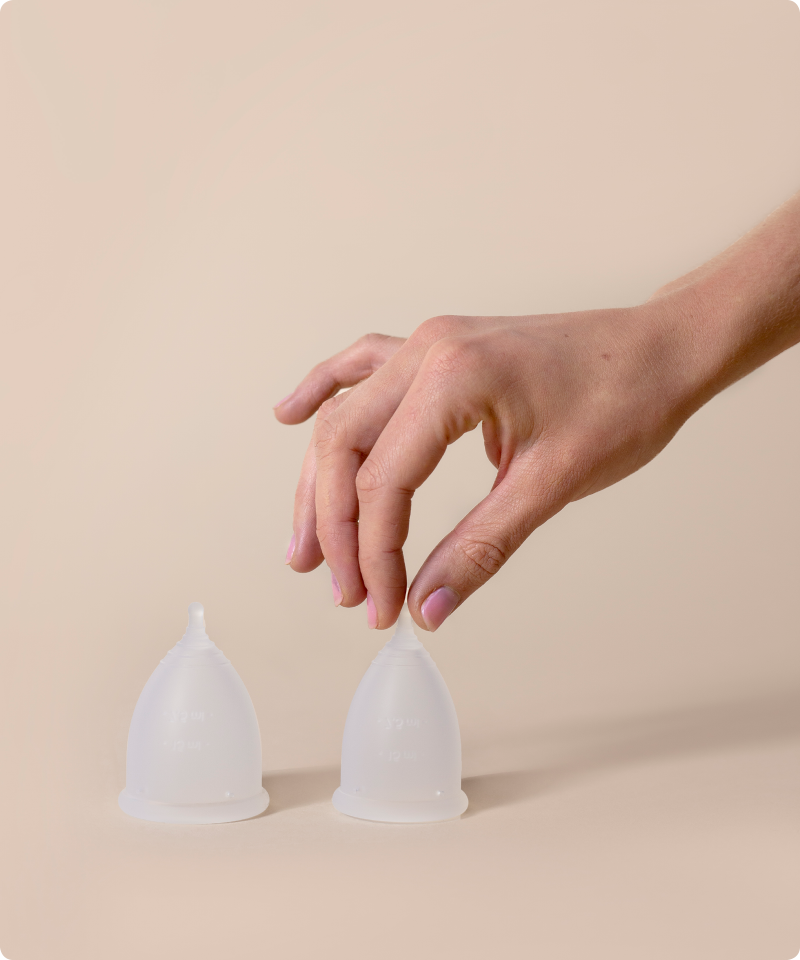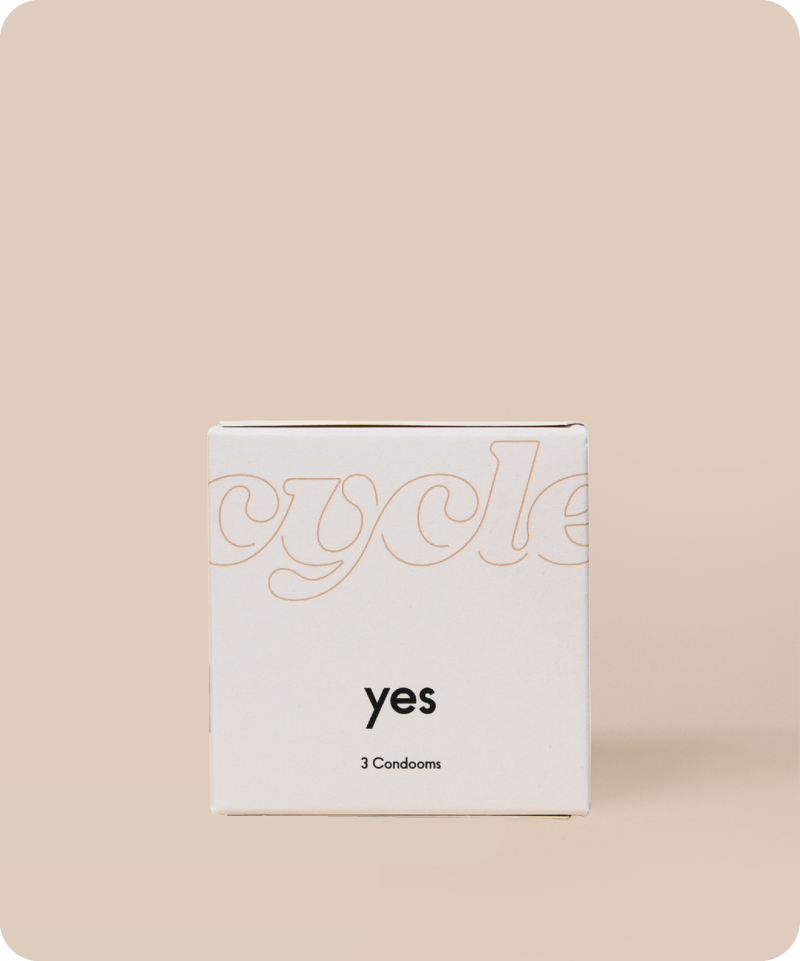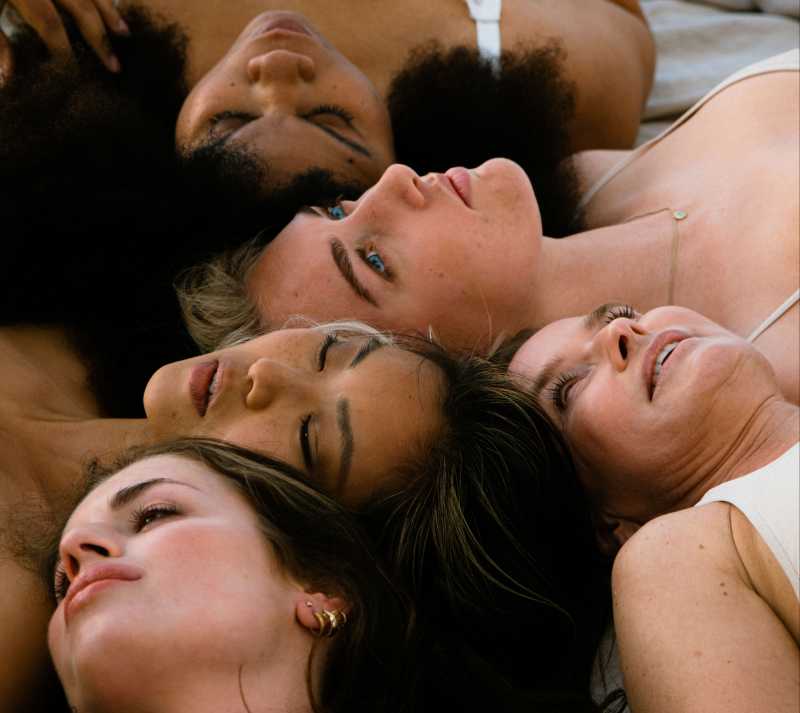The benefits of yoga for depression
The University of Boston carried out a small study on 30 people between the ages of 18 and 65, all of whom have a depression diagnosis, and found out the following: the more yoga you do, the fewer feelings of depression you’ll have.
Half of the group had three hour-and-a-half long yoga classes a week, plus four half-hour long sessions from home. The other group did two group lessons, as well as three at-home sessions. The result: after three months, participants stated that their depressive feelings had reduced by 50%. Problem solved, you could say: let's prescribe yoga to everyone with depression, and the world will be a better place in a week's time. But, 6 and a half hours of yoga a week? We don’t know what your situation looks like, but most people won’t have anyidea how they could have enough time in their week for that. That thought apparently also popped up in the researchers’ minds, since they’ve suggested spending a bit of your free time on yoga at least twice a week. That’s supposed to do a lot of good already.
Of course, the intention isn’t that everyone dealing with depression immediately throws their medication in the trash, and we certainly don’t want to claim that yoga will solve depression. This was only a small scientific study, and depression is a very complex and serious affliction. A lot more research on the effect that yoga has on depressive feelings must be done before the scientific community can start tying definitive conclusions to it. Still, this study is a source of hope, since medication can cause pesky side effects. Plus, tackling gloomy feelings on your own, through movement and breathing as part of a healthy lifestyle, can be a source of empowerment.
Movement releases hormones that make you feel happier
What exactly is the reason that yoga - particularly the iyengar type - seems to be so effective? The answer seems to lie in relaxation. First of all, movement is always a good thing, for everyone (to say the obvious!). By moving your body, hormones are released that make you feel happier. You also increase your flexibility and level of fitness, which makes you feel better. Specifically, through doing yoga, you learn to focus your attention, and to relax your body and mind. Iyengar emphasizes a very precise execution of the yoga postures and breathing.
A yoga class has a set structure, in which you relax for a moment after every pose. At the end of the class, there is time put aside for deep relaxation, during which you focus on your breathing. So, you actively tense and relax your muscles, and then focus on breathing exercises. You experience something that’s known as ‘awareness’ in yoga. Because of this sense of awareness, you start to notice that your body and mind are connected to each other. For example, what happens to your shoulders and back when you’re relaxed? And when you’re thinking, or are sad? Depressive feelings can literally feel heavy. Through yoga exercises, you can get rid of some of that heaviness in your body.
Showing commitment and strength is not easy when you feel paralyzed and gloomy
We’ve now reached a distressing point: in order to partake in a yoga class twice a week, you need to be disciplined. Dragging yourself off of the couch, putting on your sportswear, stepping out the door, and spending time with all sorts of people at a yoga school. That requires commitment and strength, and isn’t easy when you feel paralyzed and gloomy. A possible solution could be that you ask someone who you’re comfortable to be around to join you as a form of support. This experience shows you that the people who love you are happy to help! Are you having trouble finding someone who’ll join you? There are various apps and videos on YouTube that you can do at home. Remember: the point is to move. So, be kind to yourself and don’t judge. There’s no right or wrong way to do yoga.

























